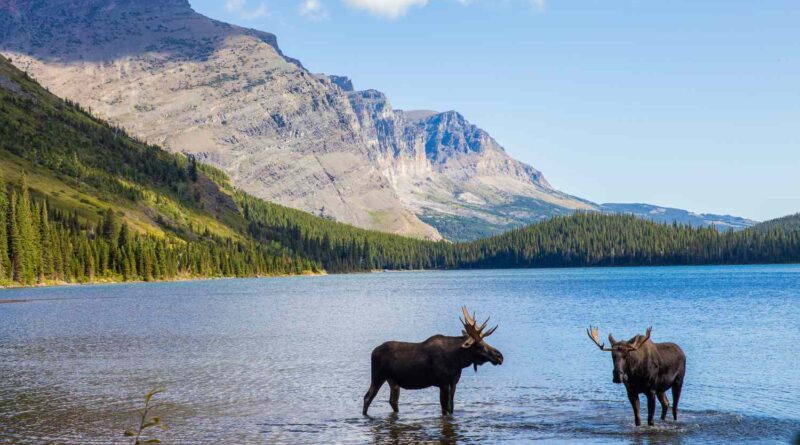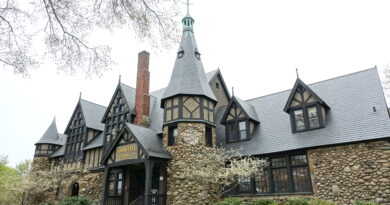History Of Montana
Montana, often referred to as “Big Sky Country,” is a state in the western United States known for its breathtaking landscapes, rugged mountains, and vast prairies. But beyond its natural beauty, Montana boasts a fascinating history that spans thousands of years, shaped by the interactions of Native American tribes, explorers, miners, and pioneers. From ancient civilizations to the era of cowboys and gold rushes, the history of Montana is a testament to the spirit of adventure, resilience, and diversity.
The earliest known inhabitants of what is now Montana were the indigenous peoples, including the Crow, Blackfeet, Cheyenne, and Sioux tribes. These Native American nations thrived in the region for centuries, living off the land and maintaining a deep spiritual connection with nature. They hunted buffalo, gathered wild berries, and developed complex cultural traditions.
The arrival of European explorers in the 18th century marked a significant turning point in Montana’s history. In the early 1800s, famed explorers Meriwether Lewis and William Clark embarked on their historic journey through the uncharted western territories, including parts of present-day Montana. Their expedition opened the door for further exploration and settlement.
By the mid-19th century, Montana became a focal point of the western expansion. The discovery of gold in the western part of the state in the 1860s sparked a massive influx of fortune-seekers known as “the 49ers.” Towns like Virginia City and Helena quickly grew as prospectors flocked to the area in search of their dreams. The legendary Montana Vigilantes emerged during this time, serving as an impromptu law enforcement group that sought to maintain order in the rapidly growing mining towns.
The late 1800s brought about the era of cattle ranching in Montana. Vast open ranges provided ideal conditions for cattle herds to graze, and ranching became a way of life for many settlers. Cowboys, cattle drives, and sprawling ranches became synonymous with Montana’s identity, immortalized in novels and movies.
Montana’s history also bears witness to the struggles and triumphs of Native American tribes. The Battle of Little Bighorn in 1876, where Lakota Sioux and Cheyenne warriors led by Sitting Bull and Crazy Horse defeated Lieutenant Colonel George Custer’s 7th Cavalry, stands as a testament to the Native Americans’ resistance against encroachment on their lands.
As the 20th century dawned, Montana experienced further changes with the advent of railroads, the growth of agriculture, and the emergence of modern cities. Great Falls, Butte, and Billings became major economic and cultural centers, attracting people from all walks of life.
Today, Montana preserves its rich history through numerous museums, historical sites, and national parks. Places like the Little Bighorn Battlefield National Monument and the Museum of the Rockies offer visitors a chance to delve deeper into the state’s past, connecting with the stories of its diverse inhabitants.
In summary, Montana’s history is a captivating journey through time, encompassing the traditions of Native American tribes, the Wild West era of gold rushes and cowboys, and the modernization that shaped the state we know today. From the awe-inspiring beauty of Glacier National Park to the echoes of the past in its historic towns, Montana stands as a testament to the resilience and spirit of exploration that defines America’s western frontier.
Discover more from City Towner
Subscribe to get the latest posts sent to your email.




